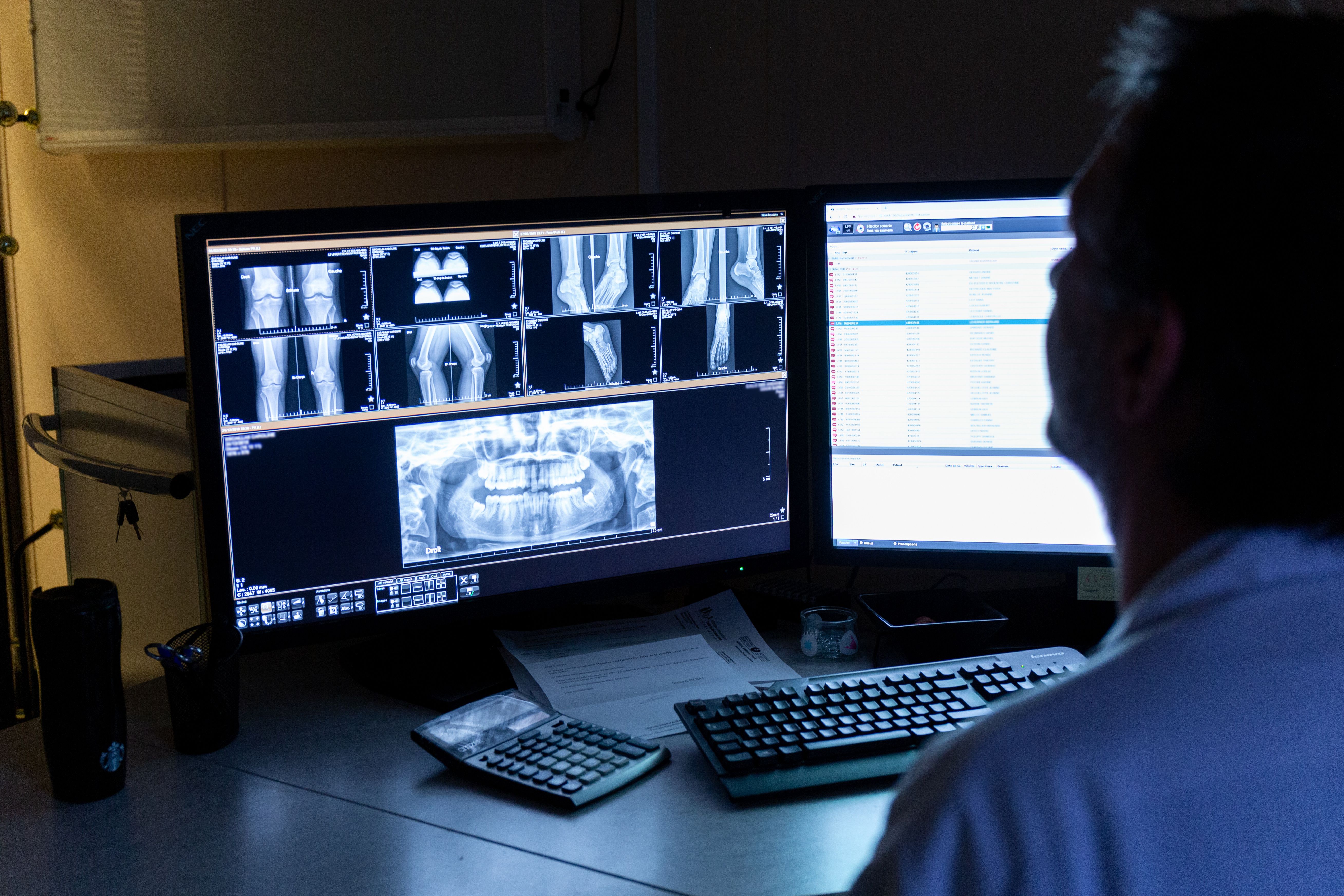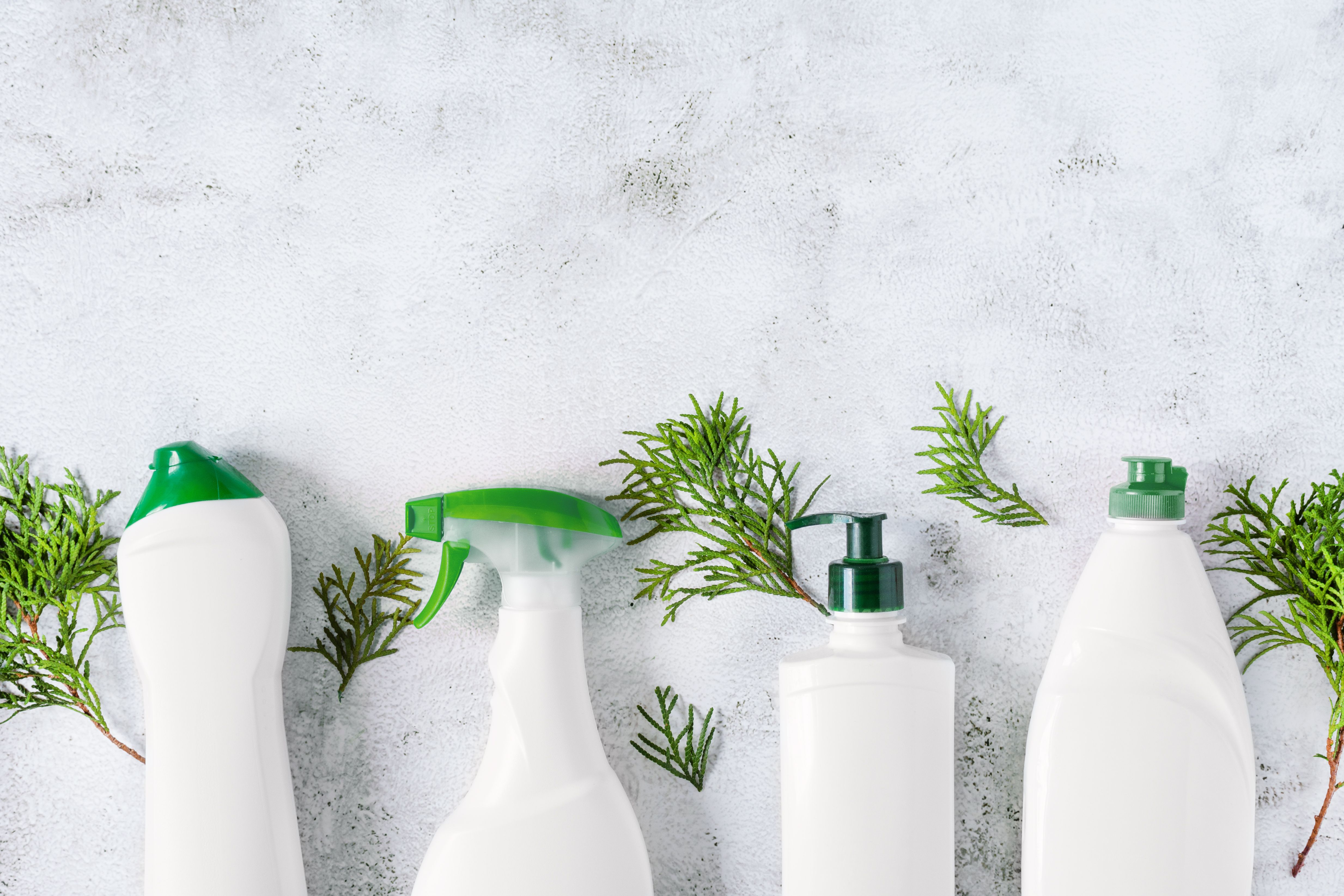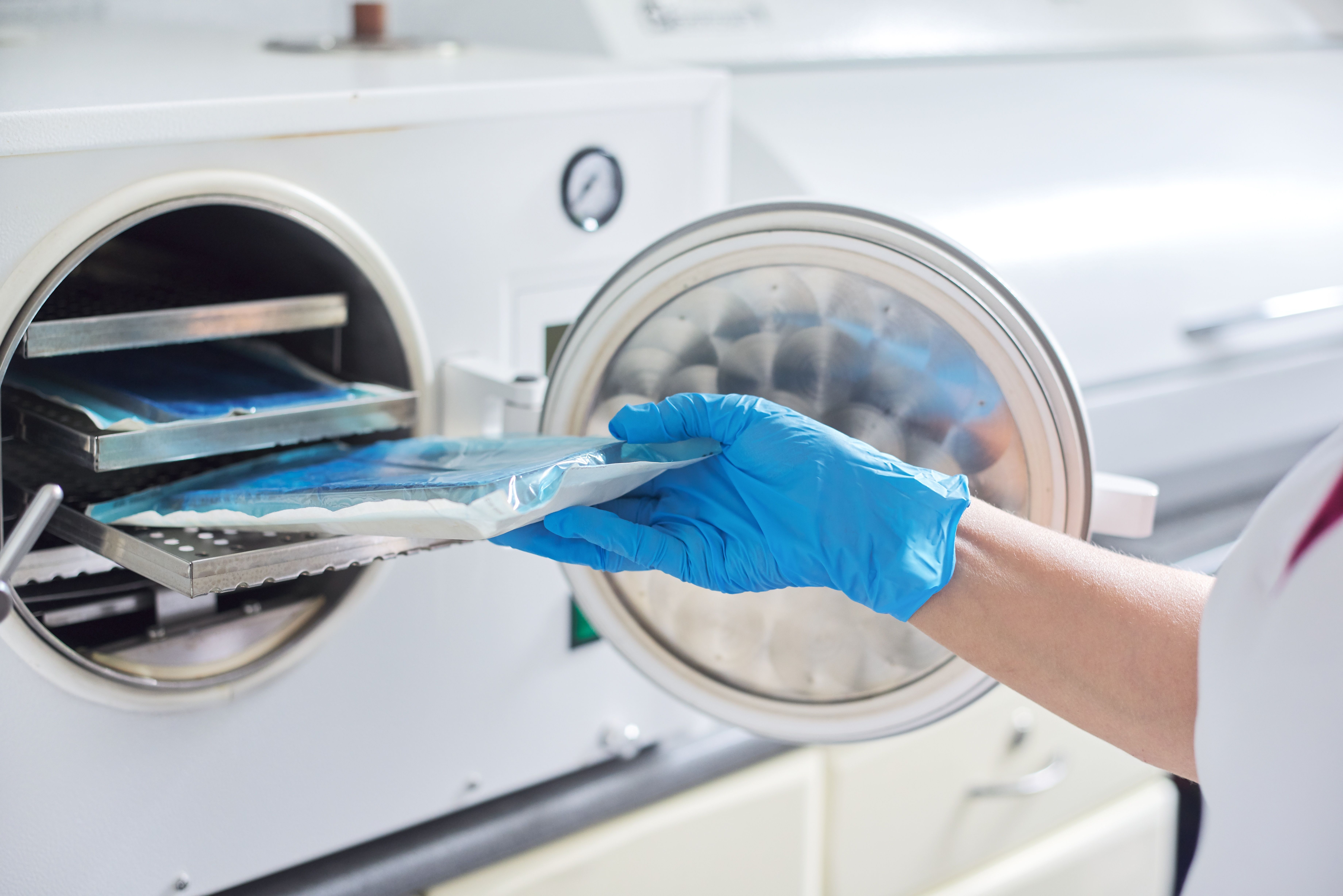- About Us
- Advertise
- Editorial
- Contact Us
- Terms and Conditions
- Privacy Policy
- Do Not Sell My Personal Information
© 2025 MJH Life Sciences™ and Dental Products Report. All rights reserved.
The 5 Best Ways to Make Your Dental Practice Greener
There are many innovations that practices and people can employ in order to become more eco-friendly.
It may not be obvious at first, but each practice has a carbon footprint. Some practices may have smaller carbon footprints than others, but is always a way to make it smaller and to become an eco-friendlier practice. Here are some ways that your practice can cut down on emissions and become a greener place to work.

Digital Radiography
Digital radiography is a certain type of x-ray imaging technology that uses sensors to replace photographic x-ray technology. These digital images easily transfer to desktop viewing for clinicians to get a more detailed look at the teeth and gums. X-rays can be taken intraorally and extraorally and can be observed in high contrast and sharpness on quality computer screens. Because the x-rays are done digitally, it cuts down on the use of chemical processing, meaning that hazardous wastes and lead foils aren’t necessary. Without those harmful chemicals, digital radiography becomes an eco-friendlier means of x-raying. It also becomes more patient-friendly, as the patient is exposed to about 90% less radiation than with traditional photographic x-ray technology.
Photo provided by ddragonfly / stock.adobe.com

Going paper-less
Bills, charts, and other paperwork can contribute to a lot of waste for patients and practices. Because smartphones and filesharing have become easier to access for everybody, practices can transition to a more digital-focused model for administrative work. For example, setting up online pay for patients can cut down on paperwork. Practices can send out texts or emails when it’s time to remind patients or appointments. There is a plethora of ways to cut down on printing paper. In the long term, going digital will help your practice become eco-friendly while still being able to best serve your patients and your clinicians.
Photo by Marcos / stock.adobe.com

Biodegradable disinfectants
When choosing the right means to sterilizing equipment, there are a multitude of options. One thing practices can do to cut down on their carbon footprint is to look into different biodegradable disinfectants. It is important to find the right fit for your practice, something that will sterilize equipment while not being too harsh for both patients and clinicians. These materials are less toxic and can biodegrade in a way that will be less harsh on the environment. There may be a stigma around biodegradable products that they aren’t as potent as other cleaners, but that is not true. Products like the Oxivir 1 wipes and spray are not only able to kill pathogens and viruses like COVID-19, but it is also environmentally friendly being approved by the Environmental Protection Agency (EPA).
Photo by Dodor_Inna / stock.adobe.com

Using metal-free restoratives
There are multiple benefits in using metal-free restoratives in your practice. The first being that they offer esthetic benefits in their natural, toothlike appearance. Composites and porcelain work to fill and crown teeth in a way that looks esthetically natural and comfortable for the patient. These restoratives are environmentally friendly because they don’t utilize the metal material that becomes harmful to the environment. Silver-amalgam fillings can become hazardous waste in water supply, harmful to both the environment and the patient. Metal-free restoratives help not only the environment, but also benefits the patient in its safe and esthetically pleasing result.
Photo by Valerii Honcharuk / stock.adobe.com

Steam sterilization
Steam sterilization, or autoclaving, can be used to sterilize wrapped and non-wrapped equipment and materials that are not heat or moisture sensitive. Because this process uses steam and heat to kill microorganisms, it doesn’t require the use of harsh chemicals it will help your practice cut down on its emissions and carbon footprint. Often in practices, eco-friendliness and overall wellbeing go hand-in-hand. Creating a more environmentally conscious practice can cut down on chemicals that would otherwise be irritating or harmful to not only your patients, but employees of the practice as well. Steam sterilization is just another example of a way to promote greener and healthier practices.



